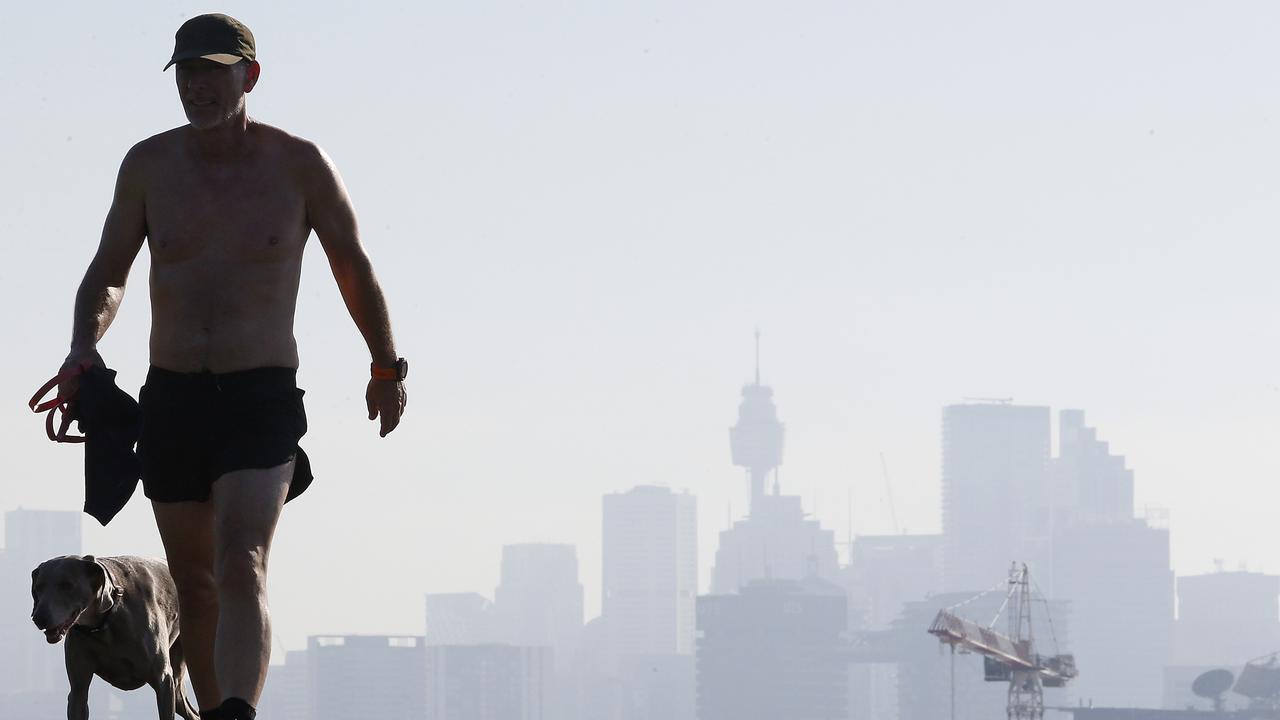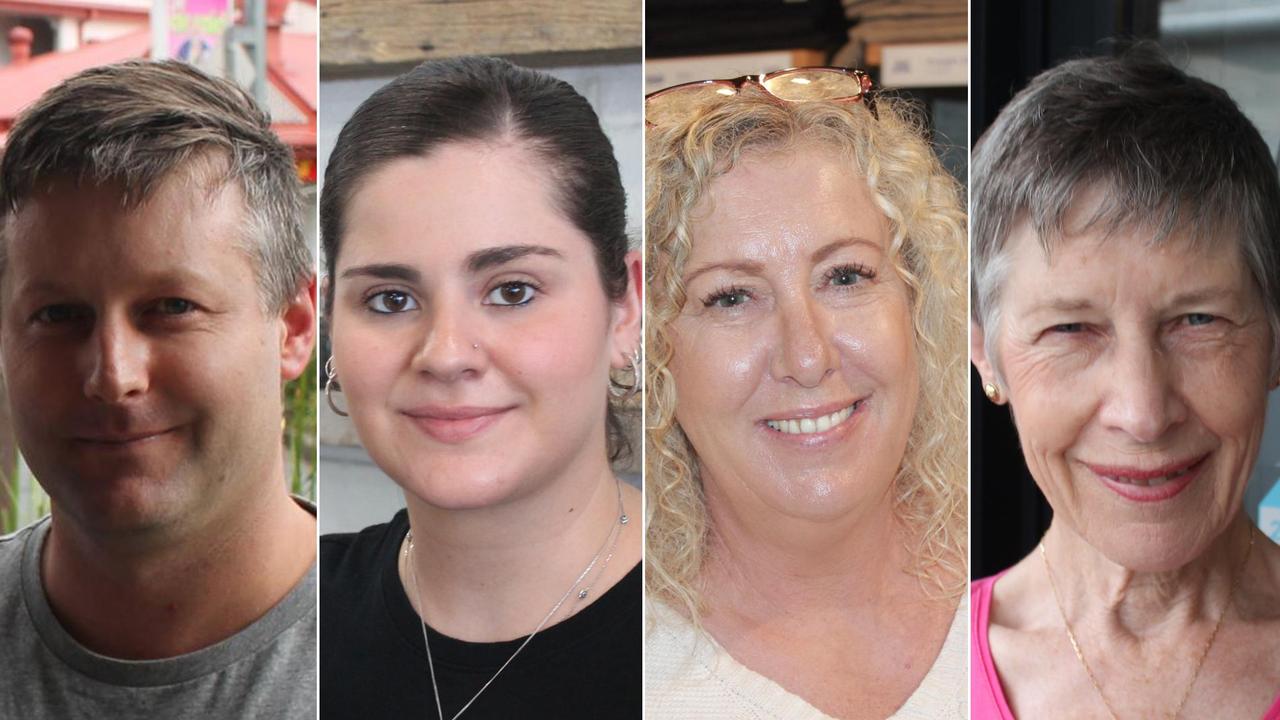Hundreds of spy cameras to be installed deep in NSW bush in hopes of capturing bushfire survivors
With a death toll in the billions a massive surveillance operation using cutting edge technology will be rolled out to discover which endangered animals survived last summer’s bushfires.
Bushfire Support
Don't miss out on the headlines from Bushfire Support. Followed categories will be added to My News.
Hundreds of hidden cameras will be concealed in NSW bushland as part of the country’s largest ever animal surveillance operation.
In the wake of the Black Summer worst ever bushfires, environment outfits WWF Australia and Conservation International will use cameras to figure out just how many animals survived.
Scientists will begin hiding 100 cameras before Christmas in each of the state’s three most bushfire-ravaged habitats including the Blue Mountains, northeast NSW inland from Port Macquarie, and southeast NSW inland from Bega and Eden.
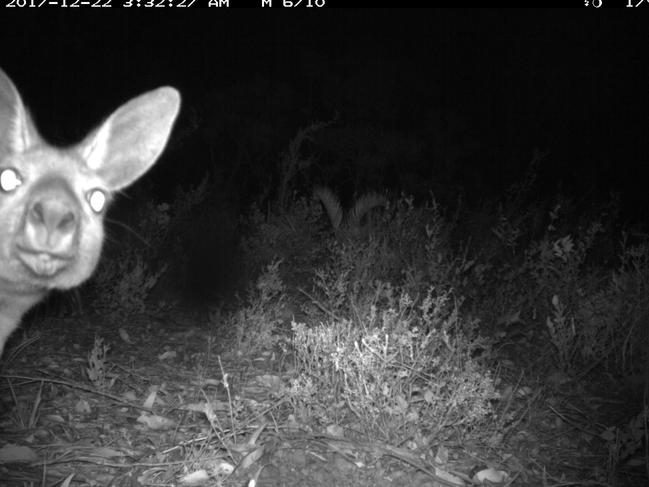
A further 300 sensor cameras will be installed between Victoria’s East Gippsland, South East Queensland and South Australia’s Kangaroo Island.
There are grave fears for animals not seen since the devastating bushfires that burned intensely through 5.3 million hectares of the state. A WWF funded study has estimated three billion animals to have been killed, injured or seen their habitat destroyed by the fires.
Of particular concern is the endangered Hastings River Mouse, which has not been seen since fire tore through 89 per cent of the small rodent’s habitat in northern NSW.

The brush-tailed rock wallaby has been sighted since its home in the Blue Mountains was torched but scientists do not know how many survived despite a desperate ploy to keep them fed by dropping carrots and sweet potato from helicopters.
Other animals incapable of quickly escaping flames that scientists are especially worried about include the spotted tail quoll, New Holland mouse, long-nosed potoroo, echidnas, and ground-dwelling birds like the lyrebird.
“Smaller species – if they have survived the fire – will find it hard to find shelter or cover from cats, foxes and native birds of prey,” WWF Australia ecologist Darren Grover said.
The cameras will be hidden in scrub to avoid being detected by the animals or curious passers-by and will roll constantly for the next two years.
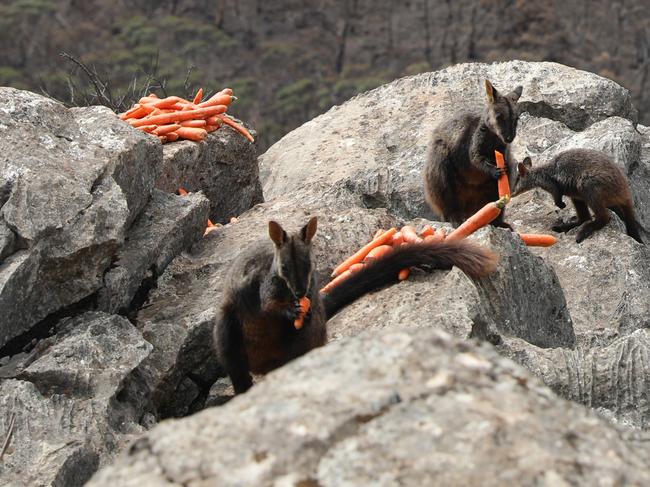
Cameras already set up on Kangaroo Island in South Australia have made a major breakthrough, capturing photos of the tiny marsupial known as the Kangaroo Island dunnart first feared to have been completely wiped out.
Scientists will use cutting edge artificial intelligence technology never before used in Australia to identify which animals are caught by the cameras.
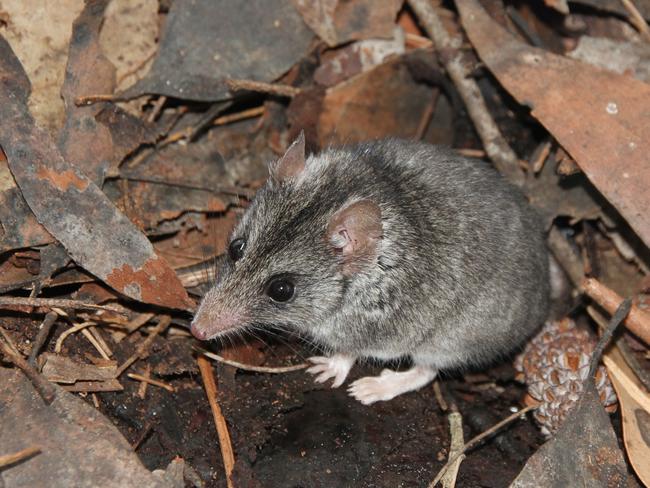
Google’s software can identify animals 3000 times faster than human experts – capable of analysing 3.6 million photos an hour compared to the best trained eye that can only analyse between 300 and 1,000 images an hour.
“Cameras are fantastic but they take thousands and thousands and thousands of images, which can take months to go through them all,” Mr Grover said.

“Sometimes the animal you’re looking for might only be on one or two of all those thousands of pictures.
“What would normally take months to analyse those images can be done in no time with the latest artificial intelligence.”
Google’s AI technology has been used to identify more than 800 species across the globe but this will be the first time it has been trained on Australian wildlife.
To teach the machine what to look for, WWF Australia is calling on professional scientists and amateur naturalists to send in photos captured by sensor cameras of animals in different positions.
Scientists will accept sensor camera images from as far afield as Western Australia, as they will all help the software recognise Australian animals.
Anyone with sensor camera images can share them with WWF Australia at eyes@wwf.org.au




